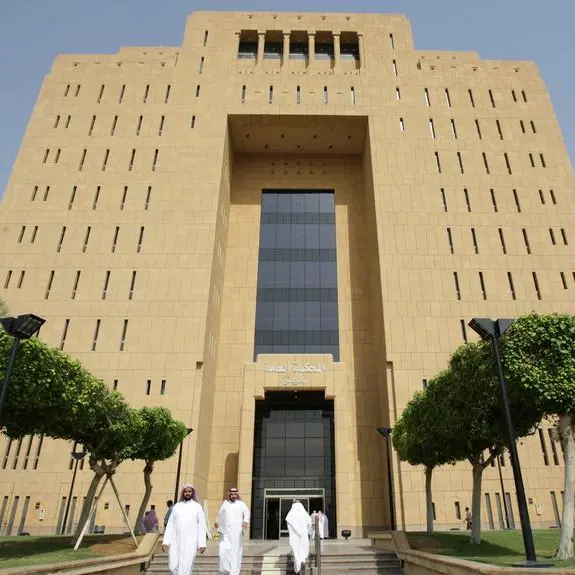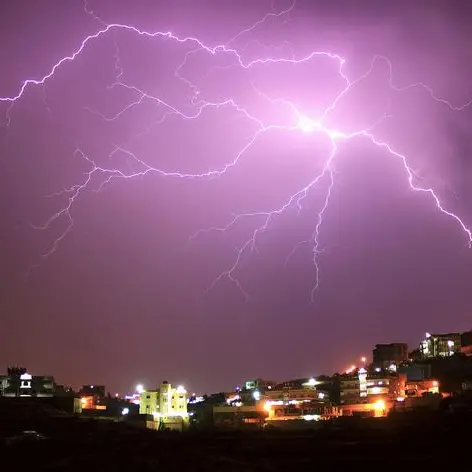HAIL – Shuwaimis Cave, located in the southwest of the Hail region, is one of the three longest caves in the Kingdom with a length of 530 meters. The Saudi Commission for Tourism and National Heritage (SCTH) is studying the prospects of developing the cave into a tourist center after providing necessary facilities.
Ziyad Eyada Al-Misyoul, director of the commission’s branch office in Hail, led a delegation to Shuwaimis. “The main purpose of the visit was to explore the prospects of making it a tourist destination,” he said. The SCTH also intends to inscribe Shuwaimis on UNESCO's list of the World Heritage Sites.
“We’ll discuss with our partners to build necessary infrastructure facilities in Shuwaimis in order to woo tourists and visitors to the area,” Al-Misyoul told Al-Hayat Arabic daily.
Shuwaimis Cave is considered the third longest cave in the Kingdom after Habashi Cave in Taif (581 meters) and Um Jarsan Cave in Khaibar (about 1,500 meters).
The SCTH has conducted a survey of caves in the Kingdom with the support of specialized agencies as part of its efforts to promote geotourism in coordination with the Saudi Geological Survey, Saudi Wildlife Authority and Municipal and Rural Affairs Ministry.
“Saudi Arabia has a large number of caves, which are considered one of the most beautiful natural habitats in the desert,” said Al-Misyoul. During winter, these caves attract a large number of tourists.
People relied on caves in the past to protect themselves in extreme hot and winter seasons as well as from sandstorms when they traveled through the deserts of Arabia.
“Caves were also considered a good source of drinking water,” the SCTH official said.
The Saudi Geological Survey showed its interests in caves after it signed a contract with an international expert. A team of Saudi geologists was formed to conduct detailed studies on these caves and their geographical features.
The SCTH turned its attention to caves as part of its endeavors to develop geotourism.
King Fahd University of Petroleum and Minerals recruited a group of experts from Austria and they visited 50 caves across the Kingdom. They studied prospects of converting these caves into water reservoirs.
More than 5,000 caves around the world attract nearly 250 million tourists each year. These caves contribute $2 billion to the global tourism revenue annually.
The SCTH has revealed plans to promote 250 caves in the Kingdom as part of its ongoing campaign to boost domestic tourism.
Ghar Hira, or Hira Cave, on Jabal Al-Noor (The Mountain of Light), with a length of three meters and a width of 1.75 meters), and Ghar Thour, located 4 km away from the Grand Mosque, are the most famous caves in the Kingdom because of their significance in the history of Islam.
While Cave Hira was where the first verses of the Holy Qur'an were revealed to the Prophet Muhammad (peace be upon him), it was in the Cave of Thour that he and his companion Abu Bakr (may Allah be pleased with him) took shelter during their flight to Madinah to escape torture by the pagans of Makkah.
“Many of the Kingdom's caves are familiar to the locals who use them for shelter and as sources of water,” said Dr. Mahmoud Al-Shanty, a geologist. Bones, antiquities and even life forms were found in some of these caves.
The structure of caves held important information for climate scientists about weather patterns on the Arabian Peninsula. Scientific studies on Saudi caves have shown that when the caves are prepared and opened for tourists, they will have a great impact on the economy, he added.
© Copyright 2018 The Saudi Gazette. All Rights Reserved. Provided by SyndiGate Media Inc. (Syndigate.info).






















